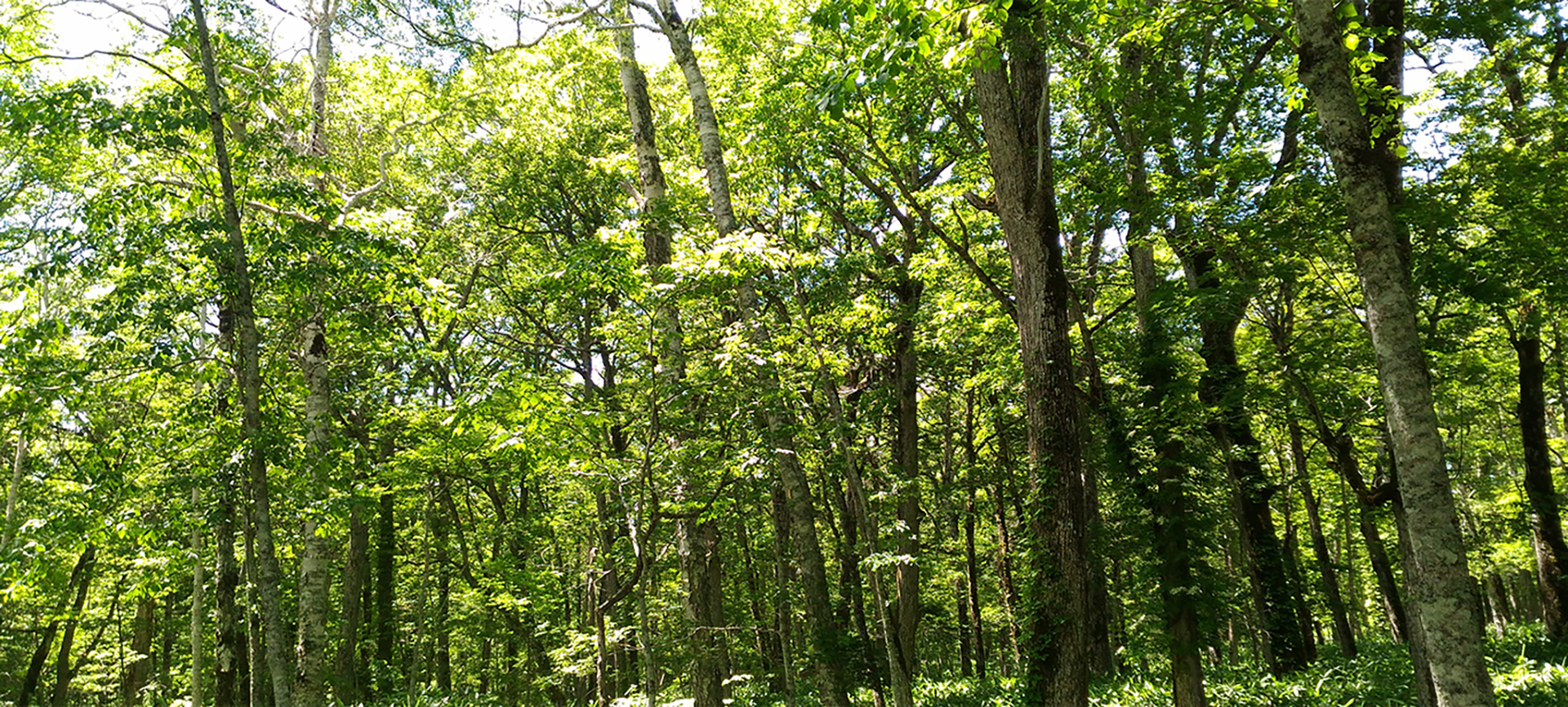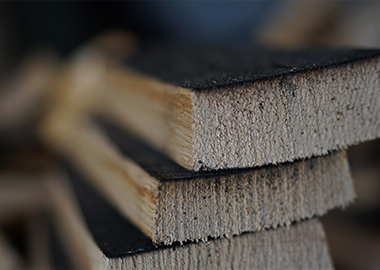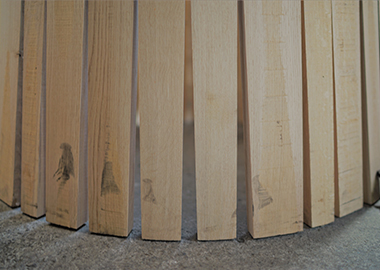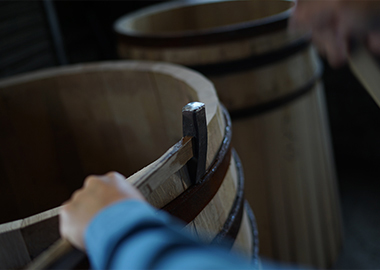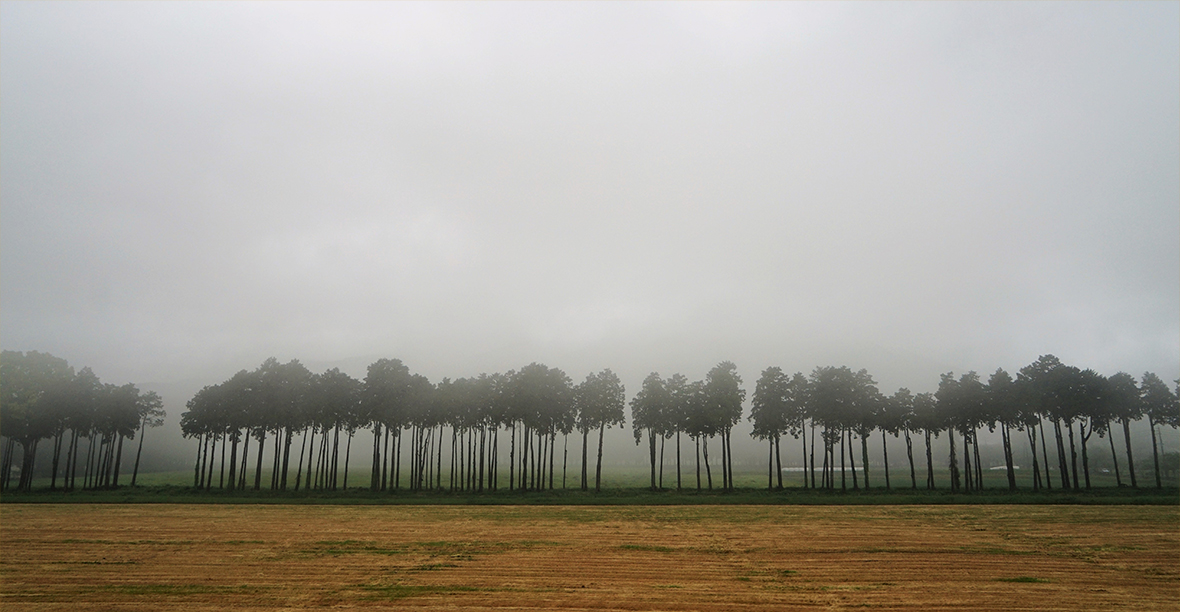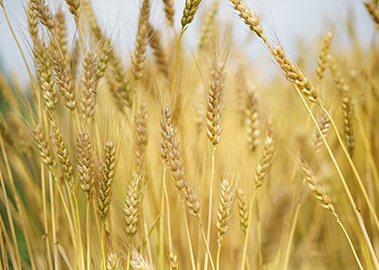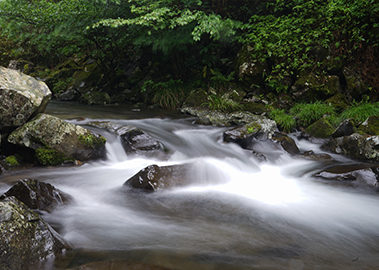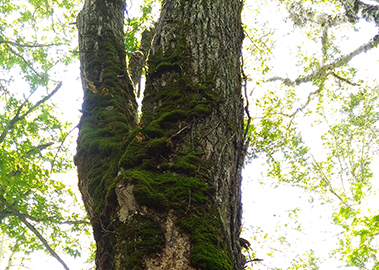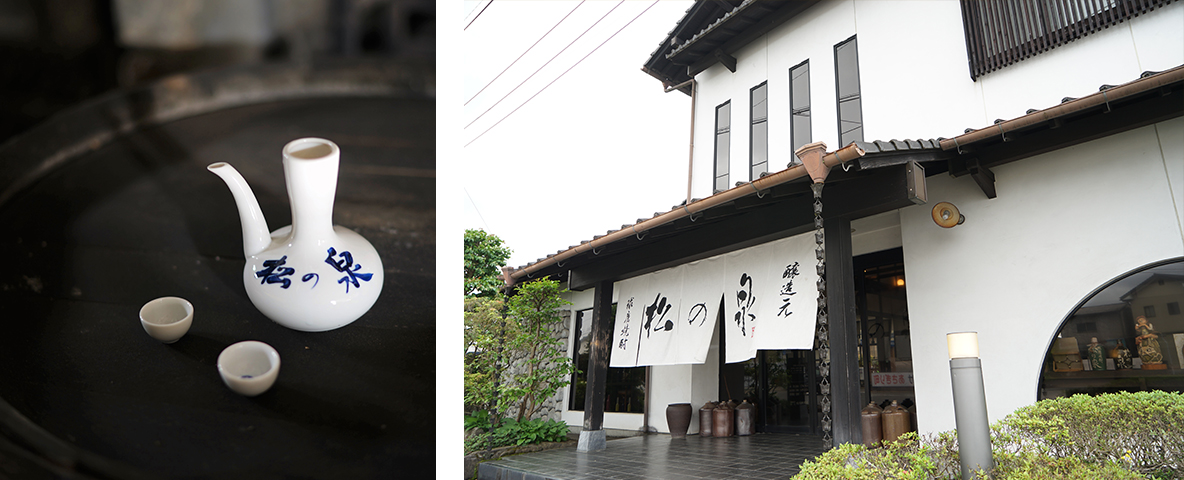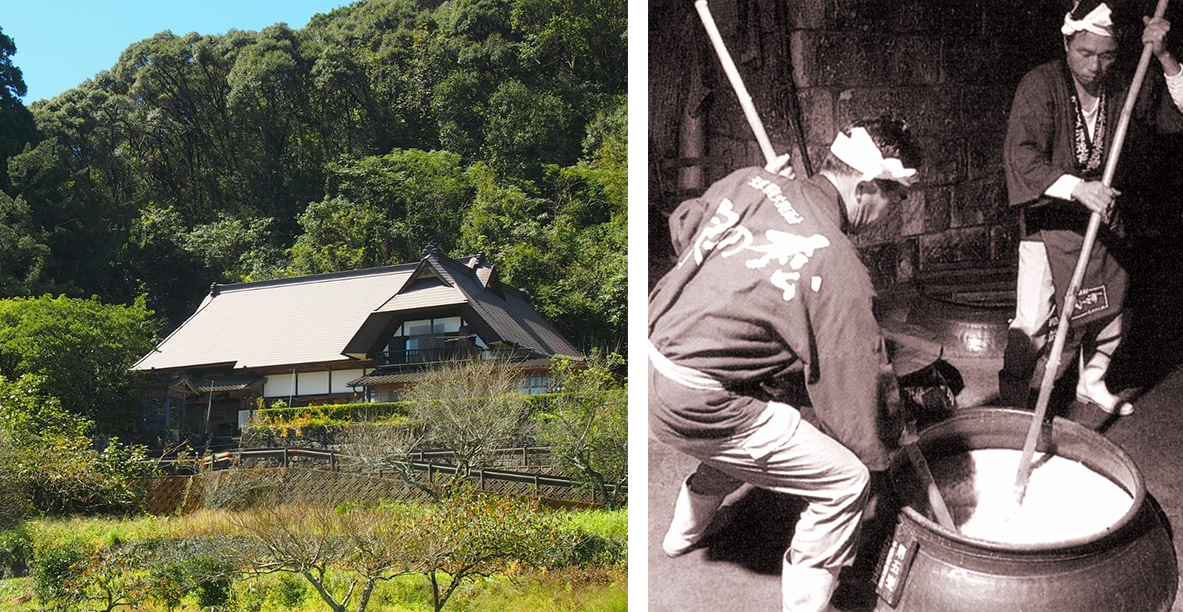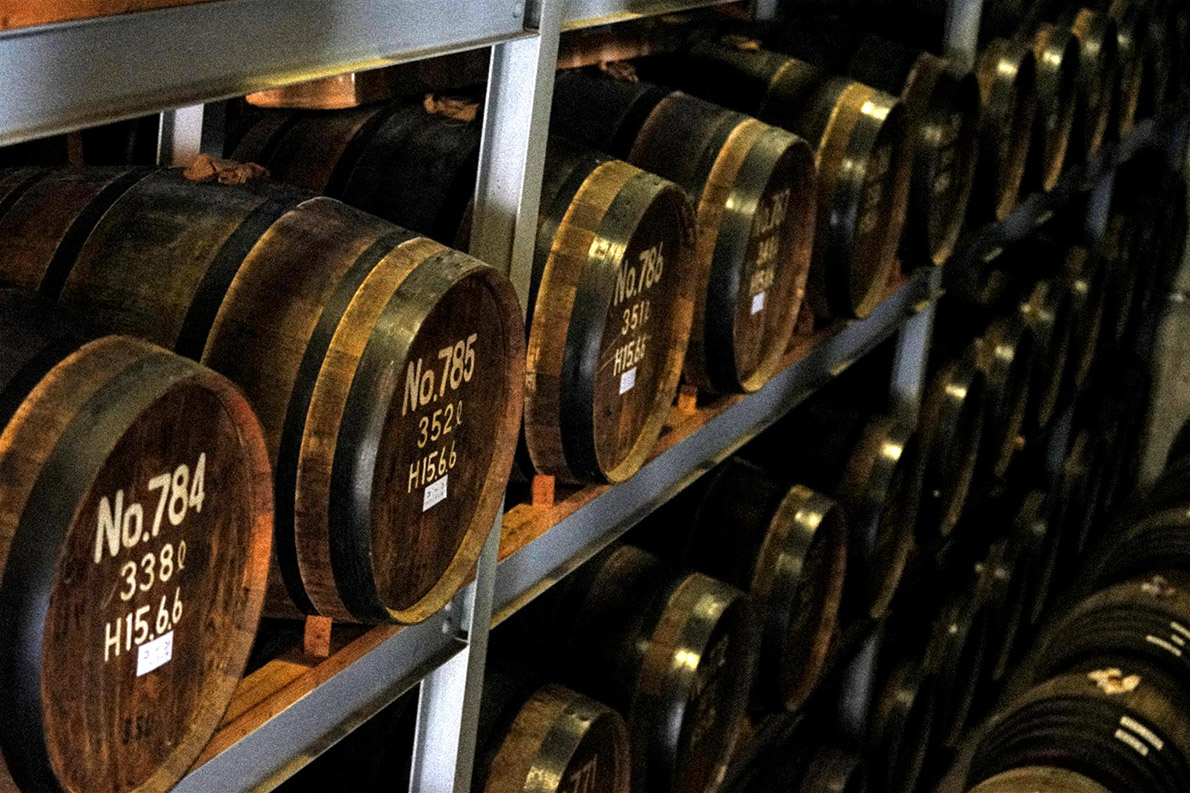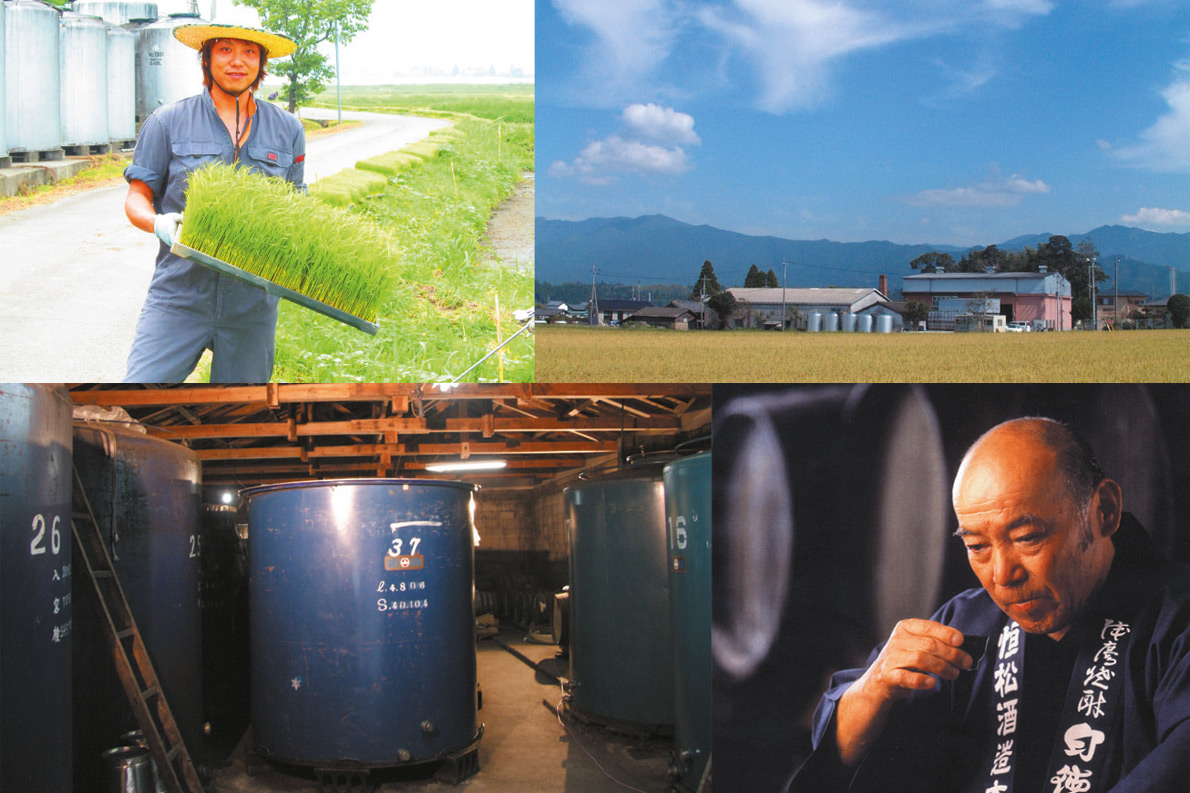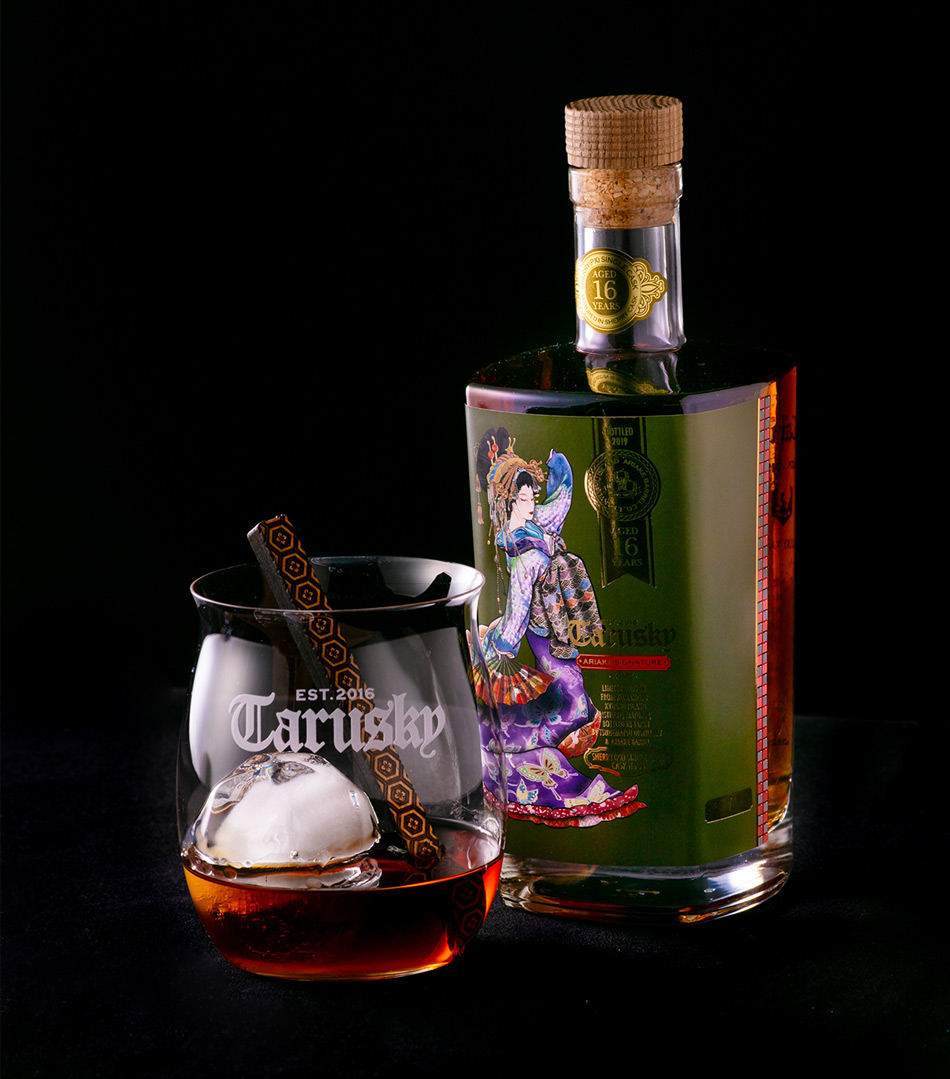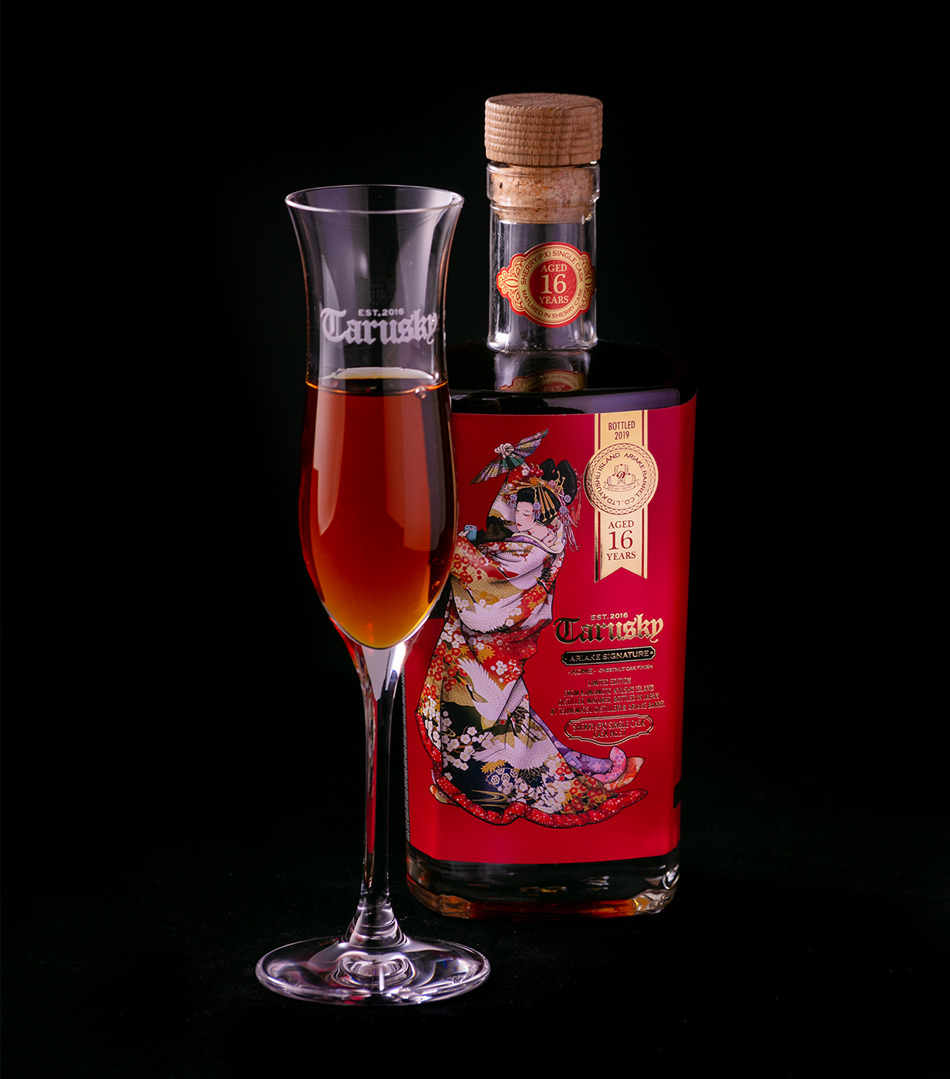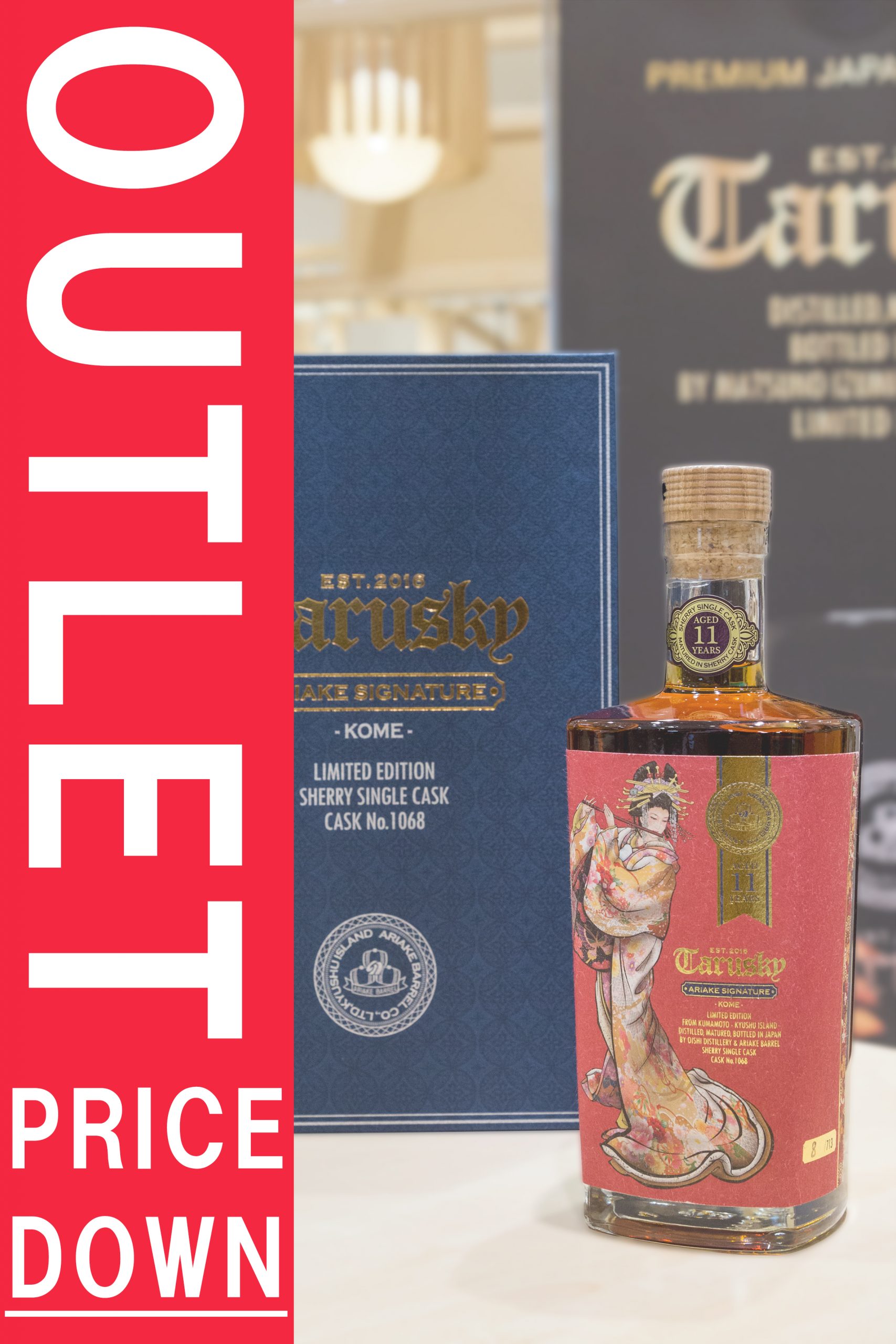Using casks to mature strong spirits has been practiced in Western countries since the Roman age. Although maturing spirits in the oak cask culture has been adopted in Japan for almost a century, the history of cask aging spirits in Japan is still young compared to its world history. In general, Japanese spirit makers never stop themselves from being creative and innovative. Shochu is one of the leading representatives for the Japanese distilling culture.
Porous oak is one of the rare wood types that can effectively contribute to the maturing process of spirits, particularly shochu. More and more domestic shochu makers are beginning to mature their shochu in various types of oak casks. Over a period of time of experimenting and learning, shochu makers eventually understood how the wood imparts their spirits. Since then, oak has become the most popular material for making casks with its abundant resources in Europe and America.




